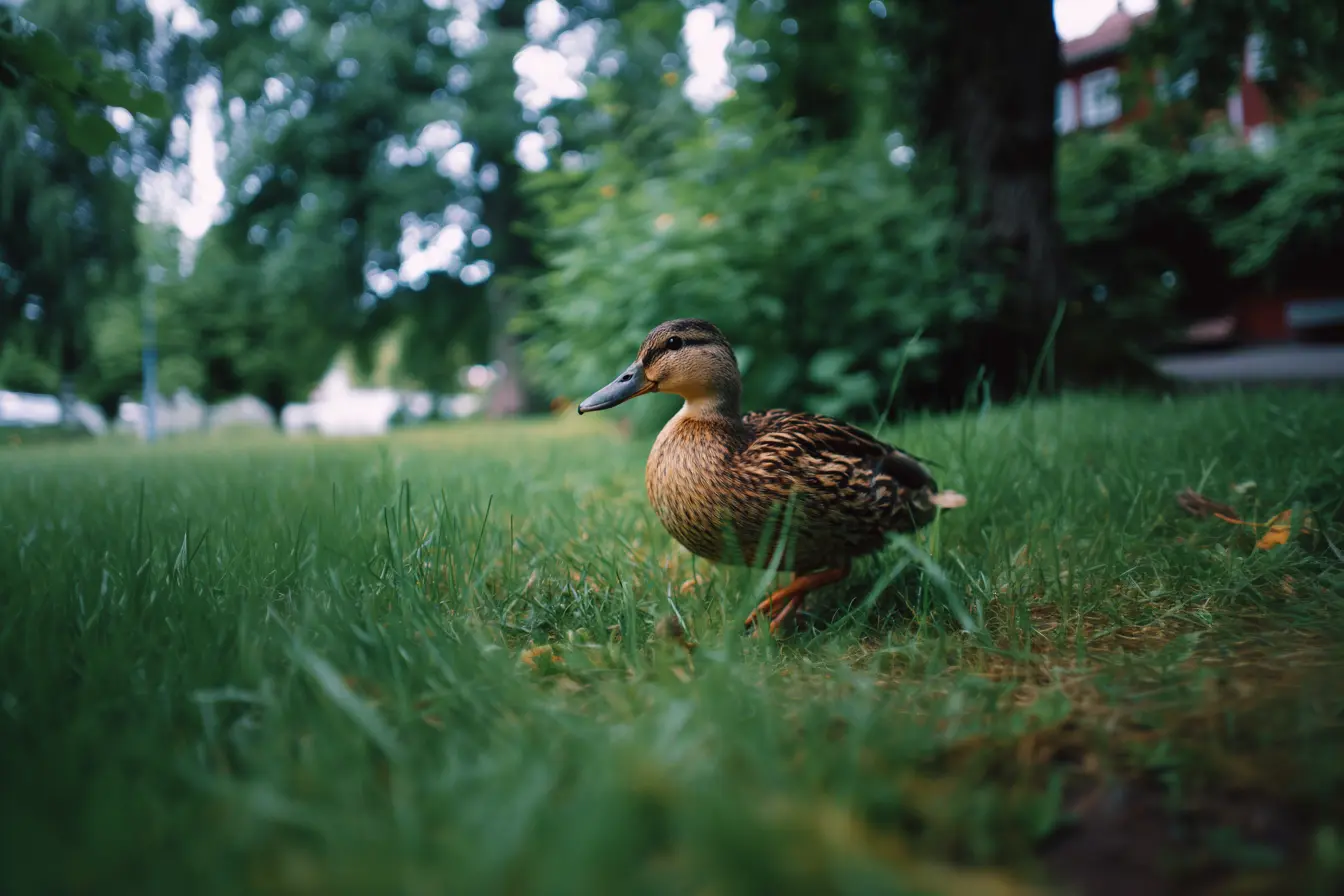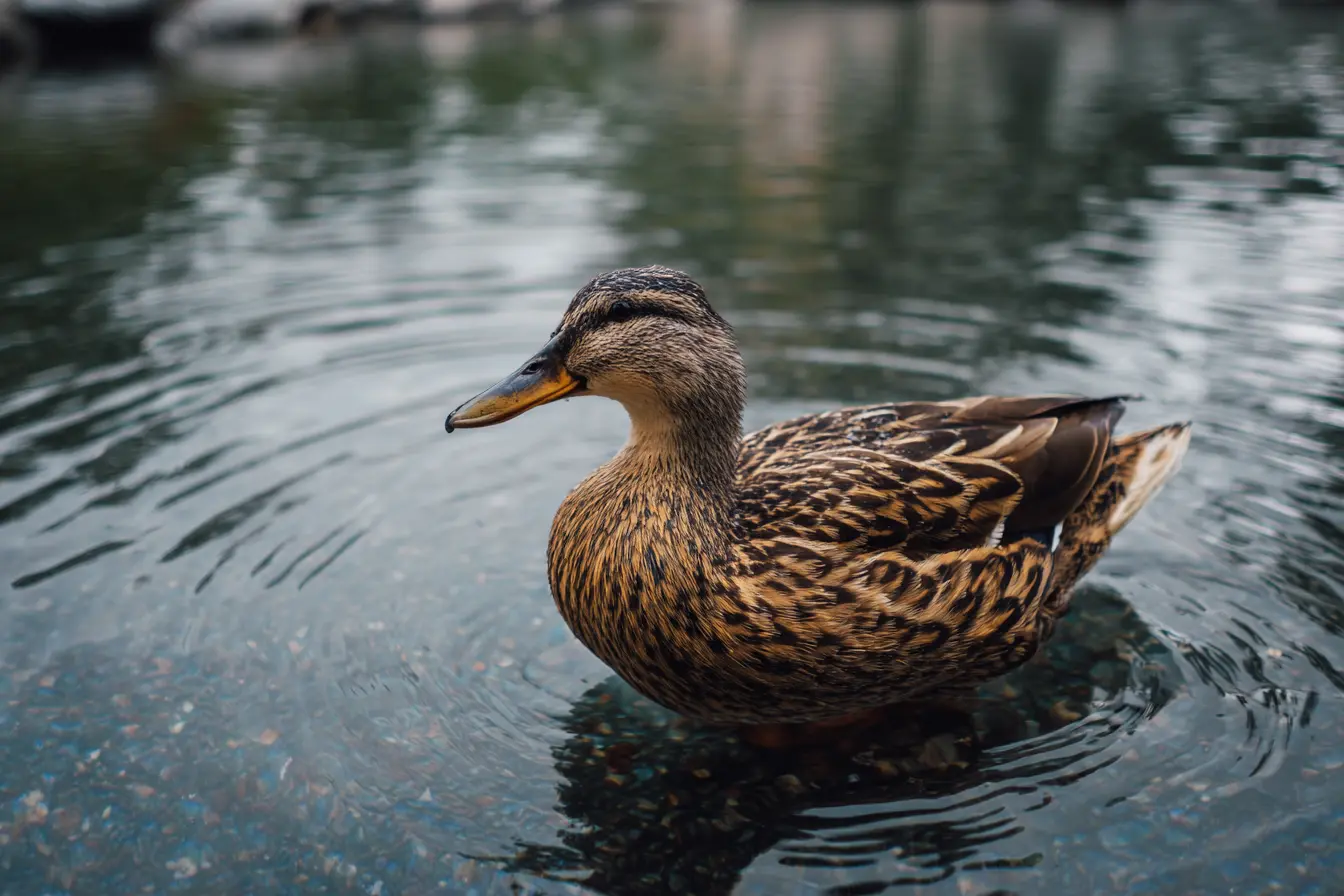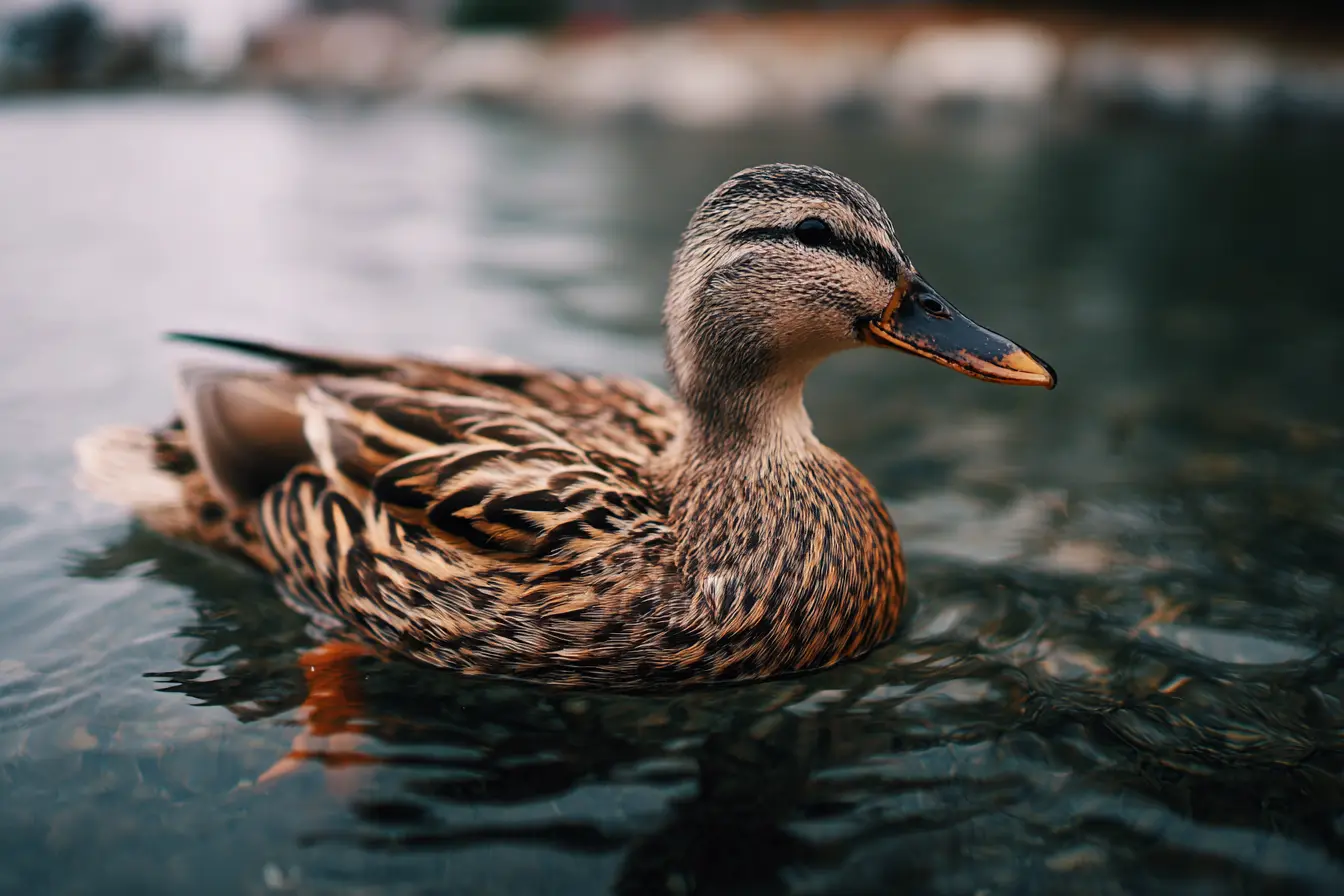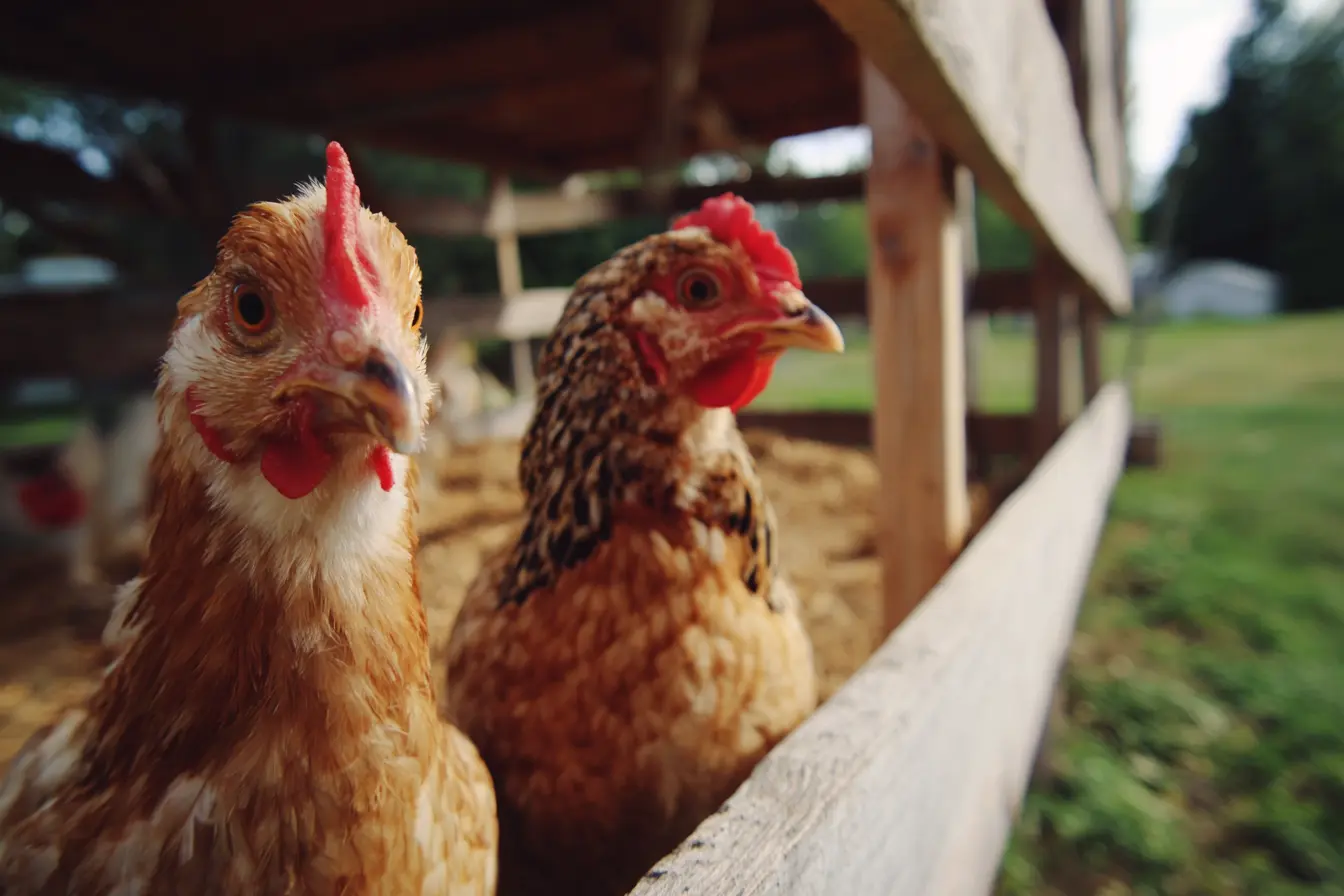
Salmonellosis in Ducks: Everything You Need to Know
Salmonellosis is a serious bacterial infection that affects ducks and other waterfowl, posing health risks not only to flocks but also to humans through zoonotic transmission. In this post, we’ll explore the causes, symptoms, diagnosis, prevention, and control of salmonellosis in ducks.
What is Salmonellosis?
Salmonellosis is a bacterial disease caused by various strains of the Salmonella species. It affects ducks of all ages but is especially dangerous to young ducklings. The infection can cause systemic illness, gastrointestinal upset, and in severe cases, death. Infected ducks may also become carriers, shedding the bacteria without showing symptoms.
History and Background
Salmonella has been a known pathogen in poultry and waterfowl for over a century. Due to its potential to infect humans through contaminated eggs, meat, and contact with feces, it has been a major concern in both animal and public health. Control programs in poultry have helped reduce its prevalence, but it still poses a threat in backyard and farm environments.
The Bacteria: Salmonella spp.
Salmonellosis in ducks is caused by a group of gram-negative bacteria, with common strains including:
- Salmonella enterica serovar Enteritidis
- Salmonella Typhimurium
- Salmonella Anatum
- Salmonella Dublin
These bacteria can colonise the intestines, internal organs, and reproductive tracts of ducks. They survive well in the environment and can contaminate feed, water, and bedding.
Transmission and Spread
Salmonella spreads quickly within duck populations and can persist in the environment. Common transmission routes include:
- Ingestion of contaminated feed or water
- Contact with infected faeces or dirty litter
- Transmission from mother to duckling (vertical transmission)
- Exposure to rodents, wild birds, and insects carrying the bacteria
Ducks can carry and shed Salmonella without showing any signs, making them silent spreaders.
Symptoms of Salmonellosis
Symptoms vary depending on the age and health of the bird, but may include:
- Diarrhoea (sometimes watery or greenish)
- Dehydration
- Lethargy or weakness
- Loss of appetite
- Poor growth or weight loss
- Swollen joints or lameness (in systemic infections)
- Sudden death, especially in ducklings
Some ducks may show no symptoms but still be infected.
Diagnosis
Salmonellosis can be difficult to confirm based on symptoms alone. Diagnosis typically involves:
- Laboratory culture of faeces or tissue samples
- PCR testing to detect Salmonella DNA
- Post-mortem examination for signs of organ inflammation or septicemia
Testing is essential for confirming infection and identifying the specific strain involved.
Treatment and Prognosis
Treatment may include:
- Antibiotics prescribed by a veterinarian
- Supportive care with fluids and electrolytes
- Isolation of sick birds to prevent further spread
However, some strains are resistant to antibiotics, and treatment may not eliminate carrier status. The prognosis depends on the severity of infection and the age of the bird—ducklings are most at risk.
Prevention and Control
Biosecurity
- Keep living areas clean and dry
- Use rodent-proof feeders and secure grain storage
- Disinfect waterers and equipment regularly
- Prevent contact with wild birds and other animals
Hygiene
- Wash hands thoroughly after handling ducks
- Avoid letting ducks into food preparation areas or kitchens
- Clean eggs before consumption or incubation
Breeding and Hatching
- Source ducklings from Salmonella-free hatcheries
- Avoid overcrowding, which increases stress and disease spread
- Maintain dry, warm brooder conditions
Vaccination
- Vaccines are available for some strains, mostly in commercial operations
- Discuss options with a vet if managing a large or high-risk flock
Salmonellosis vs Other Duck Illnesses
Salmonellosis can mimic or occur alongside other illnesses like:
- E. coli infections
- Riemerella anatipestifer (New Duck Disease)
- Coccidiosis
A correct diagnosis is essential for targeted treatment and preventing unnecessary antibiotic use.
Key Takeaways
- Salmonellosis is a dangerous and zoonotic bacterial disease in ducks
- Symptoms include diarrhoea, lethargy, poor growth, and sometimes sudden death
- Infection spreads via feces, contaminated water, and contact with carriers
- Diagnosis requires lab testing; treatment is possible but some ducks remain carriers
- Cleanliness, rodent control, and responsible sourcing are critical to prevention
Final Thoughts
Salmonellosis remains a significant threat to both duck health and human safety. Duck keepers should take proactive steps to maintain a clean environment, practice strict hygiene, and monitor their birds closely. With informed care and proper precautions, outbreaks can be prevented and managed effectively.
Vets near you
Speciality vets
- Aquatics vet specialists
- Birds vet specialists
- Camelids vet specialists
- Cats vet specialists
- Cattle vet specialists
- Deer vet specialists
- Dogs vet specialists
- Equines vet specialists
- Exotic vet specialists
- Goats vet specialists
- Pigs vet specialists
- Poultry vet specialists
- Sheep vet specialists
- Small Mammals vet specialists
- Wild vet specialists



